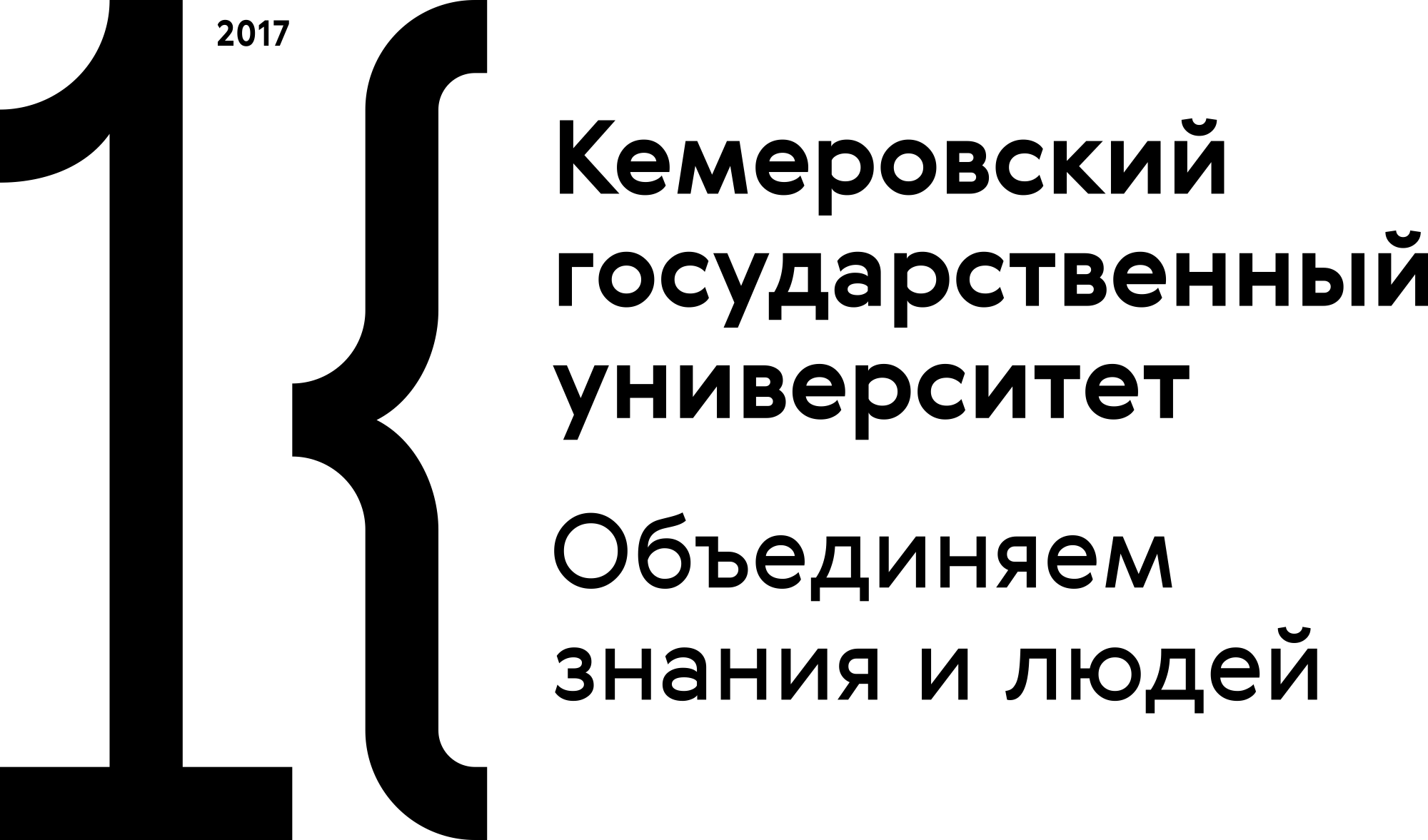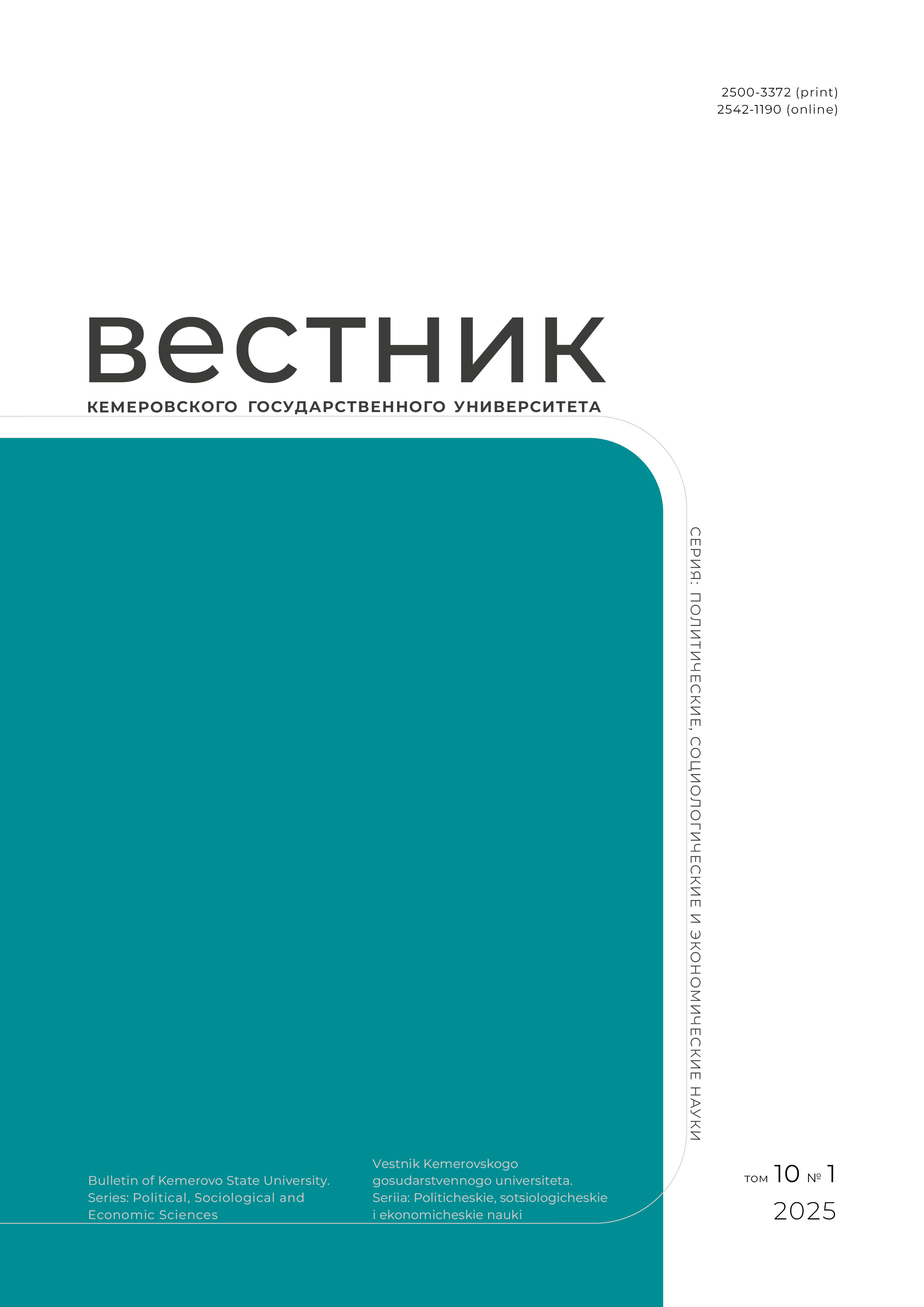Russian Information, Analytical and Scientific Research Water Center,
Rostov-na-Donu, Russian Federation
The research seeks to substantiate the possibility of modernization reforms in the domestic industry on the basis of competitive cooperation within a cluster. The author identifies some factors and conditions that increase the effectiveness of these interactions. The processes of competitive cooperation are considered from the position of J. F. Moore, who saw competition as a special form of interaction between companies, through which they can coordinate their activities. The research revealed that cluster structures based on the network principles of interaction contribute to the formation of relations of competitive cooperation and manifestation of synergetic and multiplicative effects in the national economy. The study also introduces factors and conditions that ensure the development of cluster structures in the region. The limiting factors include a low level of competitiveness of domestic industrial products and the lack of development of environmental subsystem of modernization development of the region, as well as the asymmetry of intraregional development. The author associates the prospects for the formation of clusters with a balanced development of their object, environment, and design-process subsystem.
cluster, region, network interaction, effects, spatial development, information flows
1. Timchenko E. V., Klimonova A. N. Globalization as a natural tendency for evolutionary development of society. Sotsial'no-ekonomicheskiye yavleniya i protsessy, 2015, 10(3): 74-77. (In Russ.)
2. Titov A. B., Vaganova O. V. Methodical approach to definition of perspective branches of the region in the conditions of turbulence of economy. Scientific Result. Series "Economic research", 2015, 1(3): 56-63. (In Russ.) DOI:https://doi.org/10.18413/2409-1634-2015-1-3-56-63
3. Garrete B., Dussauge P. Strategic alliance. Moscow: Infra-M, 2002, 332. (In Russ.)
4. Anisimov I. M. The correlation of competition and cooperation of participants of the market economy. Problems of modern economy, 2014, (4): 66-70. (In Russ.)
5. Kolbachev E. B., Kolbacheva T. A. Competitive cooperation, open innovations, and development of the management instruments. St. Petersburg State Polytechnical University Journal. Economics, 2013, (4): 17-22. (In Russ.)
6. Tereshin A. V. Integration of partnership and competition among entrepreneurship. ETAP: Economic Theory, Analysis, and Practice, 2015, (5): 127-136. (In Russ.)
7. Moore J. F. The Death of Competition. N. Y.: Harper Business, 1996, 175.
8. Brandenburger A. M., Nalebuff B. M. Co-opetition. N. Y.: Doubleday, 1996, 297.
9. Shpotov B. M. On modern theories of competitive advantage and industry leadership. Problemy teorii i praktiki upravleniya, 2001, (3): 50-55. (In Russ.)
10. Ioda E. V., Ioda Yu. V. Formation of regional clusters and the role of infrastructure in increasing the economic competitiveness. Vestnik Tambovskogo universiteta. Seriya: Gumanitarnye nauki, 2008, (11): 514-520. (In Russ.)
11. Parinov S. I. Informational interactions in economic space. Vestnik Kostromskogo gosudarstvennogo universiteta im. N. A. Nekrasova. Seriia Ekonomicheskie nauki: Problemy novoi politicheskoi ekonomii, 2014, (1-2). Available at: http://rvles.ieie.nsc.ru/parinov/net-model.htm (accessed 18.04.2018). (In Russ.)
12. Lomovtseva O. A. The formation of regional clusters and the role of infrastructure in enhancing the competitiveness of the economy. Vestnik Volgogradskogo gosudarstvennogo universiteta. Seriia 3: Ekonomika. Ekologija, 2005, (9): 145-149. (In Russ.)
13. Kotlyarova S. N. Formation of cluster policy in Russian regions. Ekonomika regiona, 2012, (2): 306-315. (In Russ.)
14. Chernova O. A. The maintenance of innovation processes in a context of regional development. Vestnik Tomskogo gosudarstvennogo universiteta, 2008, (316): 155-160. (In Russ.)
15. Bortagaray I., Tiffin S. Innovation cluster in Latin America. 4th International Conference on Technology Policy and Innovation Curitiba. Brazil, Aug. 28-31, 2000, 40.
16. Porter M. Competition. Saint-Petersburg, Moscow: Viliams, 2001, 608. (In Russ.)
17. Ragimov F. I. Factors of increasing industrial competitiveness. Terra Economicus, 2012, 10(4-3): 141-146. (In Russ.)
18. Zavjalova E. M. Factor analysis of plant competitiveness. Vestnik Saratovskogo gosudarstvennogo sotsial'no-ekonomicheskogo universiteta, 2009, (2): 57-59. (In Russ.)

















